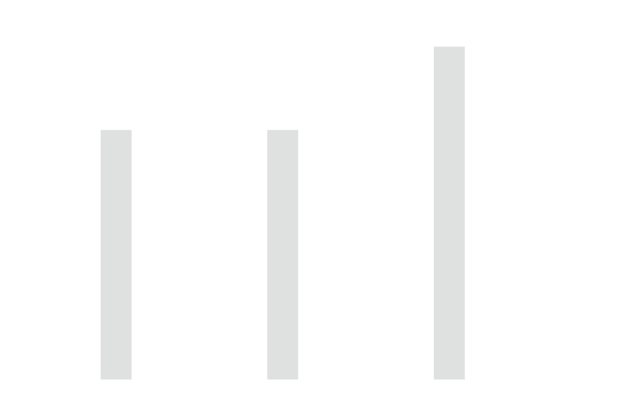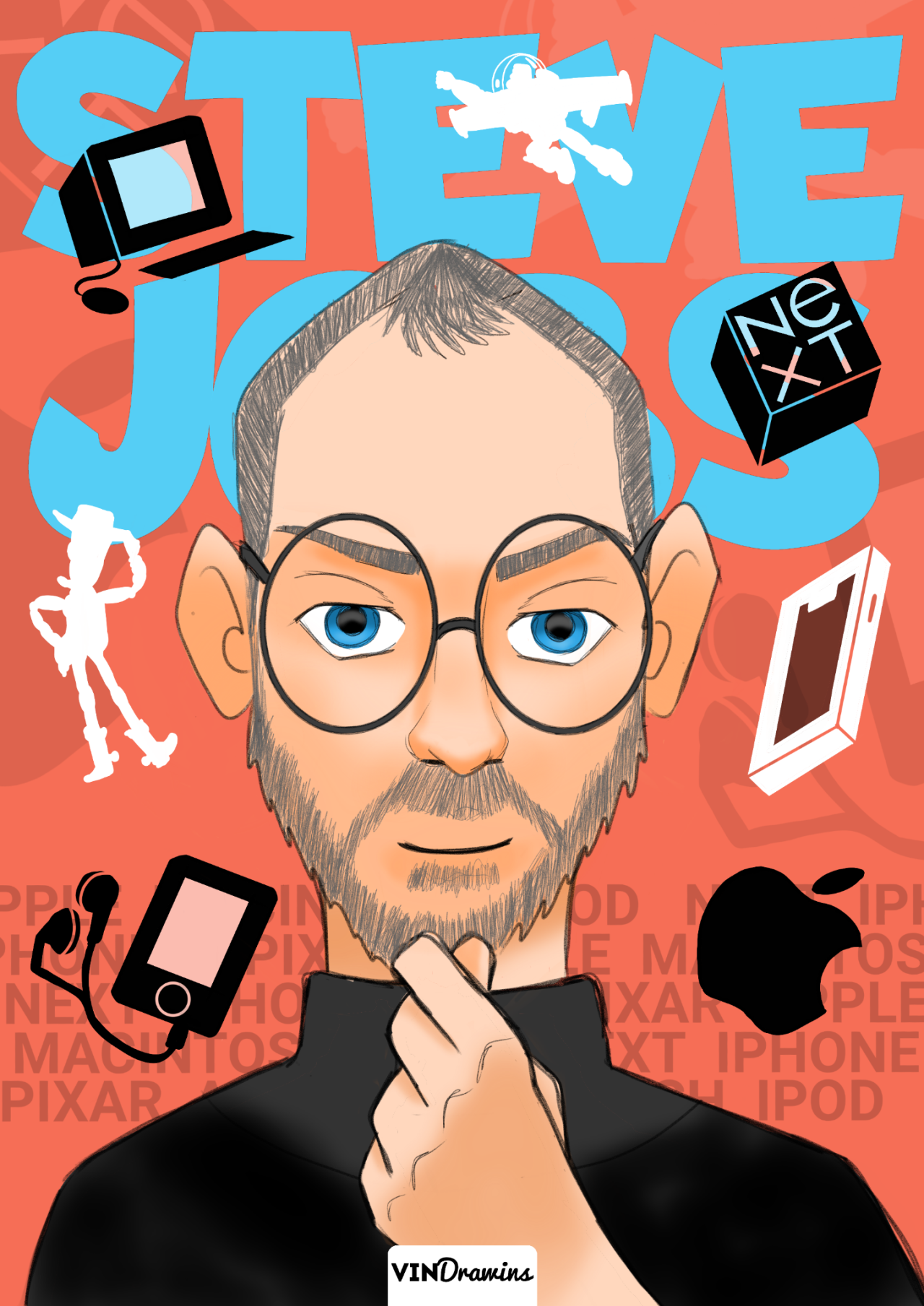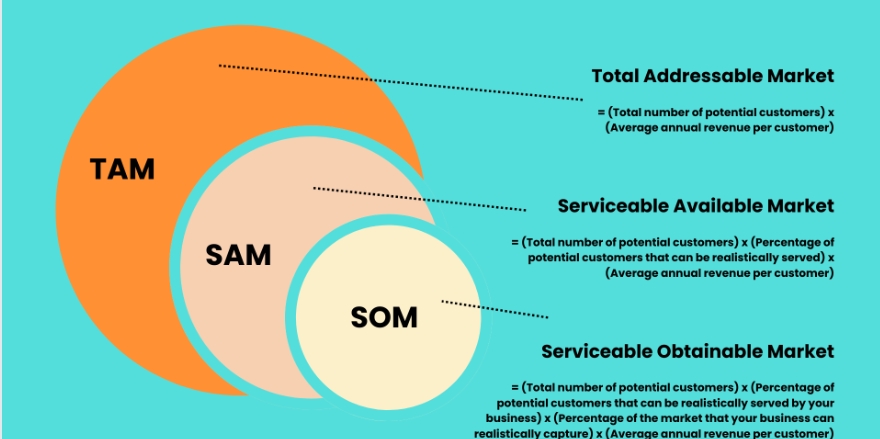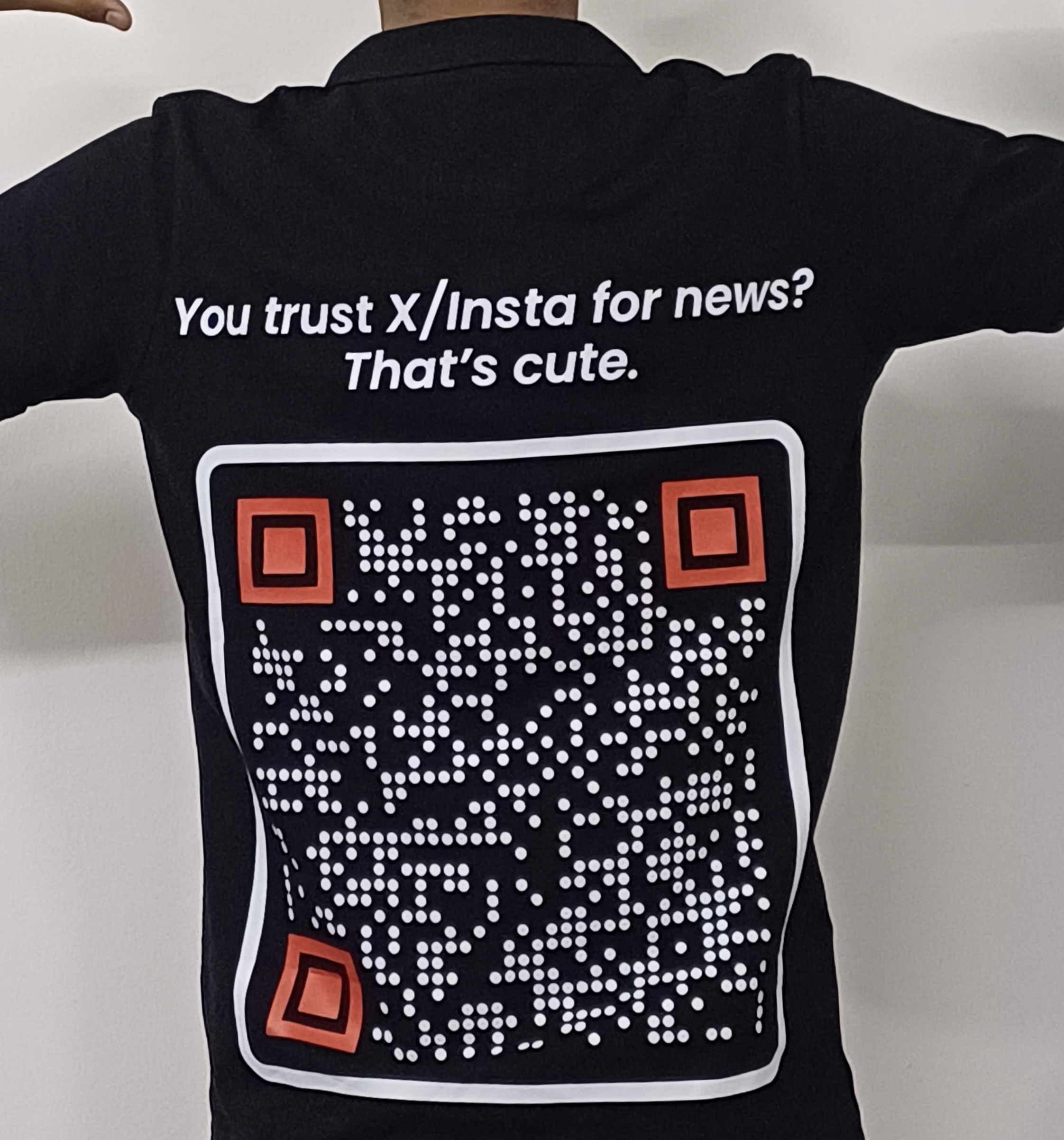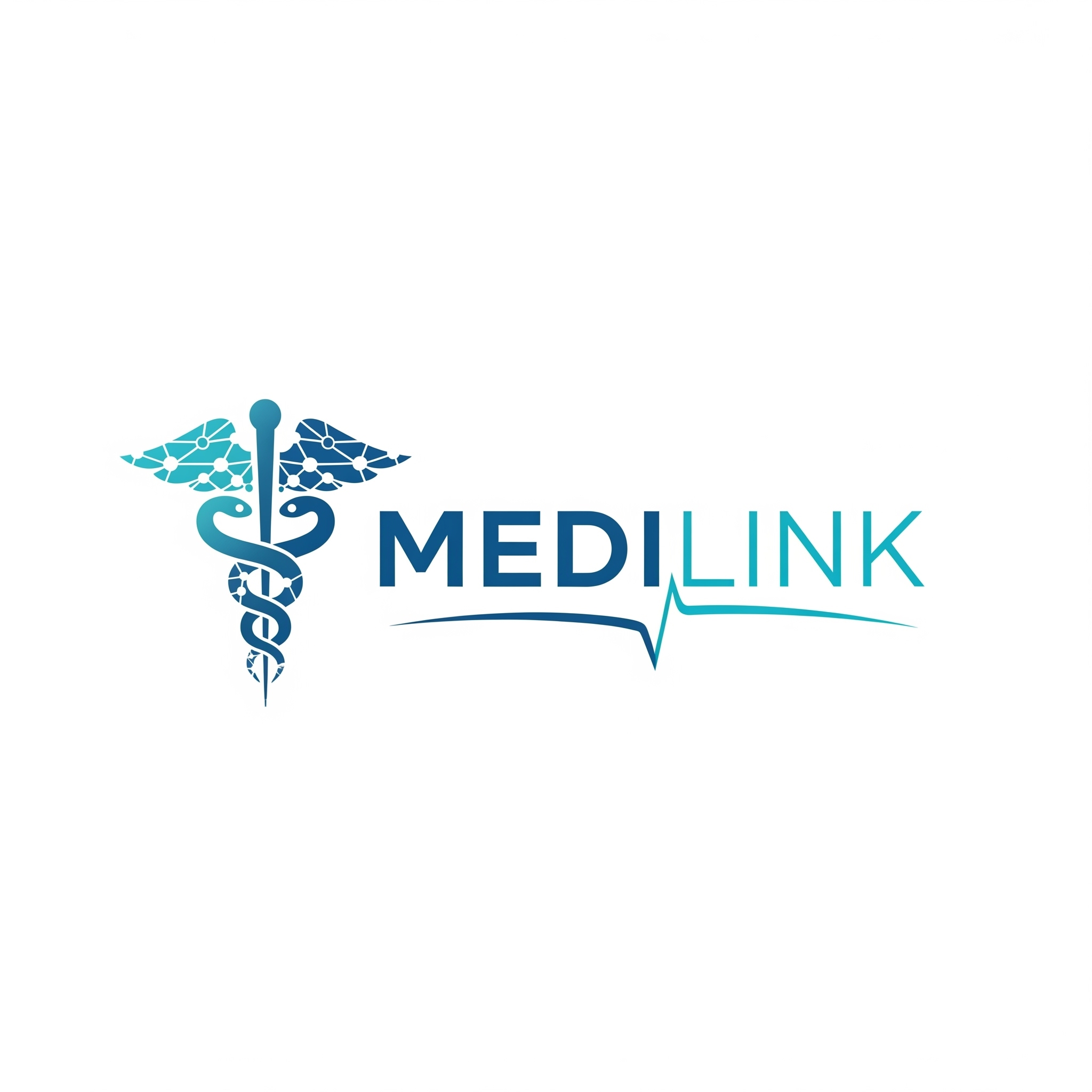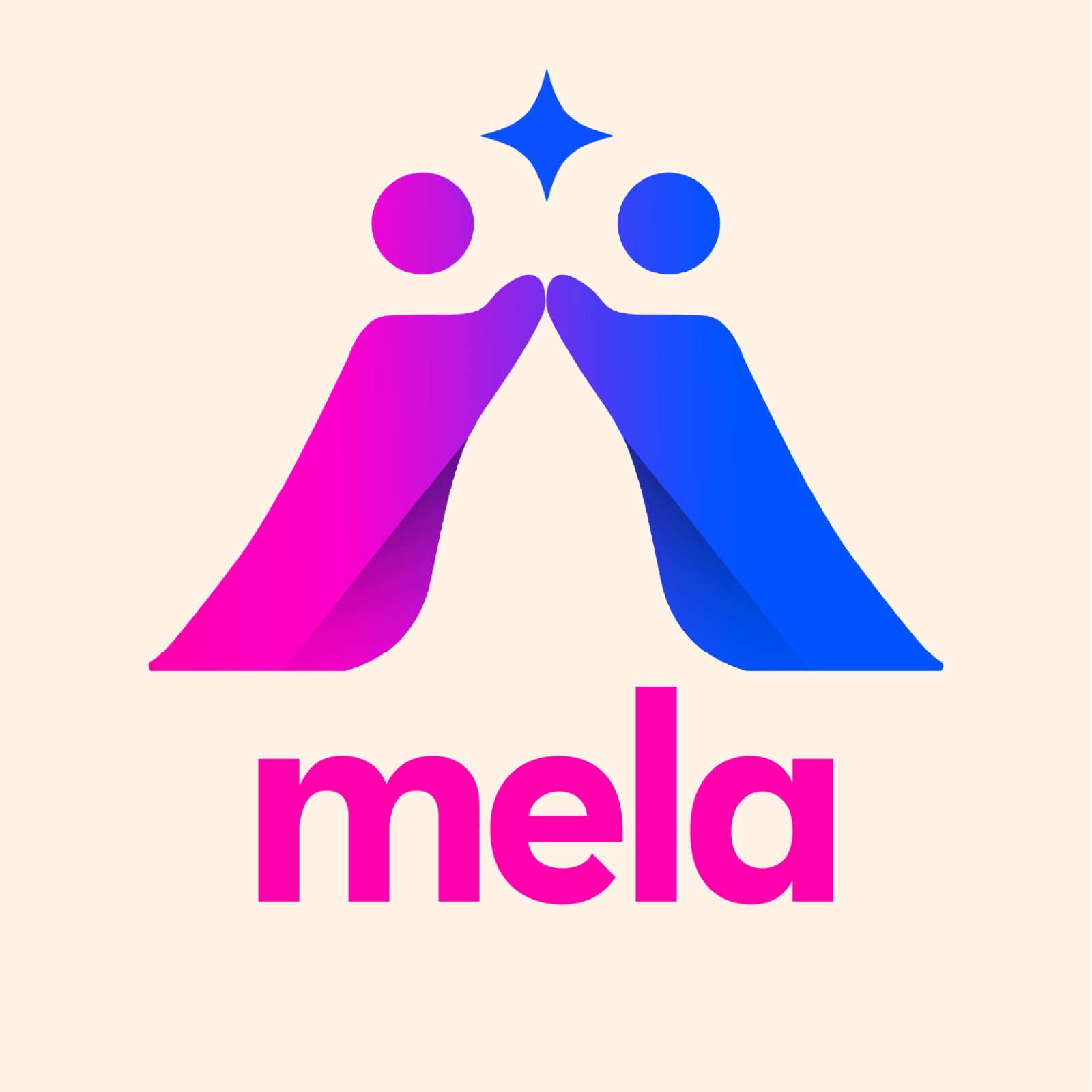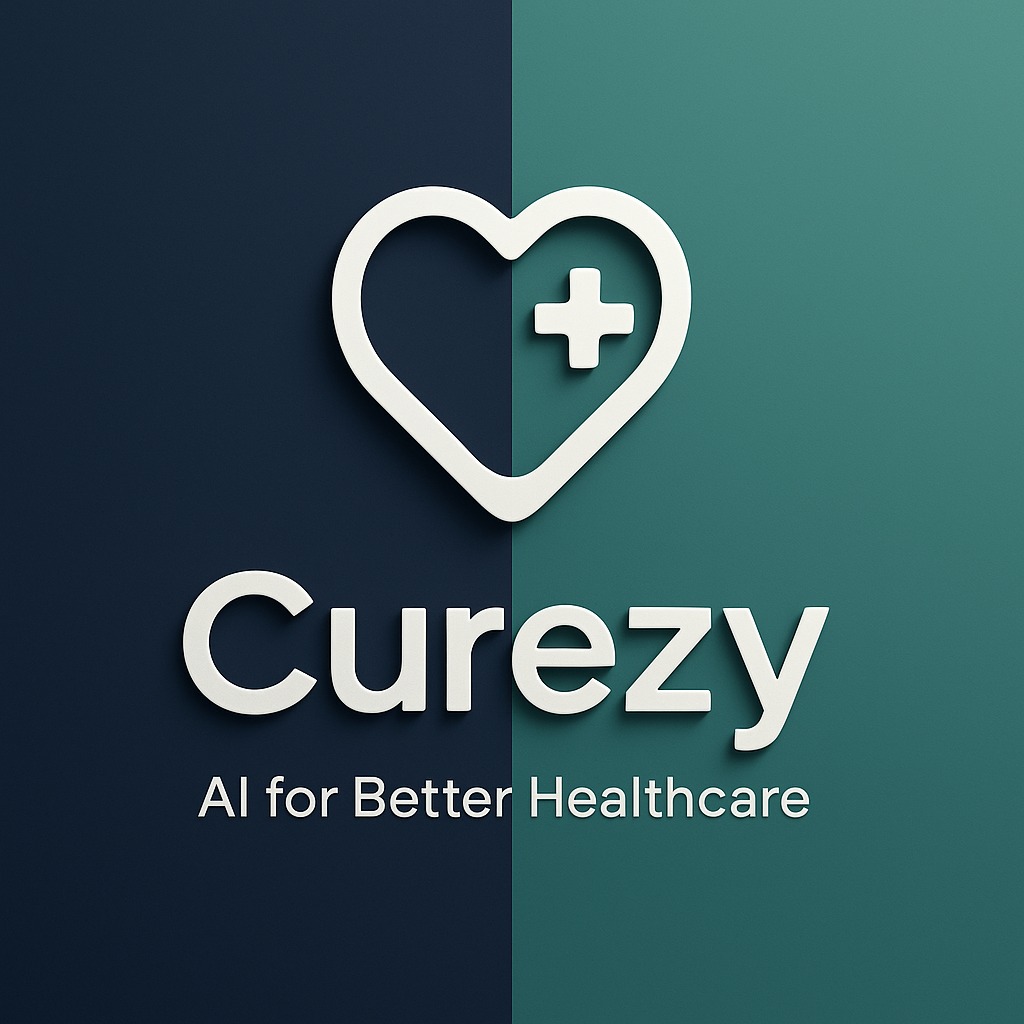Back
Tarun Suthar
CA Inter | CS Execut... • 2m
Day 2 - Know Your Industry Before You Build Anything 🏗 Every founder has ideas. But only those who understand where they’re building actually win. Most startups don’t fail because of poor execution – they fail because they entered the wrong industry or didn’t study it enough. Before you build your product, you must ask: 👉 Is this the right place to build it? 👉 Is this industry growing or shrinking? 👉 Who really makes money here? This is what we calls finding your “Rich Pond” - a market where demand, profits, and opportunities are deeper. And that starts with understanding your TAM, SAM, and SOM: TAM (Total Addressable Market): The entire potential demand if everyone bought your product. SAM (Serviceable Available Market): The portion you can actually target based on your product or geography. SOM (Serviceable Obtainable Market): The realistic slice you can win now, based on your capabilities. 🎯 Understand the Industry You’re Playing In. Every business lives inside a larger system called an industry. Before you start executing, spend time learning about the world you’re entering. 💭Ask yourself: ⁉️ Who are the key players? (startups, suppliers, distributors, regulators) ⁉️ Where does profit actually flow? (who captures the biggest margins?) ⁉️ How fast is the market changing? (new tech, customer behavior, policies) ⁉️ What trends are shaping the next 5 years? You can research this using industry reports from: 📊 Deloitte, EY, PwC, McKinsey, KPMG, BlackRock Insights, Statista, CB Insights, Crunchbase, Pitchbook, and government trade reports. https://www.deloitte.com/us/en/insights/industry.html https://www.ey.com/en_us/insights https://www.pwc.com/gx/en/research-insights.html These sources show data like TAM–SAM–SOM, market size, competition, and profitability. 📊 When the EV industry started booming, legacy carmakers saw “electric” as a new product line. But startups like BYD and Rivian saw it as a whole new industry wave and built everything around battery tech. They jumped into the “rich pond” early and became leaders. So before you “execute,” make sure you’re in the right game. 💡 Create a Strong Value Proposition. Once you know your industry and market size (TAM, SAM, SOM), ask yourself one simple question: 👉 Why should customers choose you over others? That answer is your Value Proposition - the promise you make and keep. A strong value proposition focuses on three things: 1️⃣ Gains: What extra benefit do you give? (save time, earn more, look better) 2️⃣ Pains: What problems do you remove? (cost, effort, complexity) 3️⃣ Risks: What fears do you reduce? (safety, quality, reliability) 📱 Example: Canva didn’t just offer design tools -- it removed the pain of complicated software, gave the gain of instant creativity, and reduced the risk of bad design. That’s why Canva exploded even with giants like Adobe around. So don’t just build a product. Build something that makes people say, “Finally, someone solved this for me.” ⚙️ Be Both Proactive and Reactive. In business, no plan survives contact with reality. That’s why great strategy is both proactive and reactive. Proactive: means predicting changes and preparing early. Reactive: means adapting quickly when the market shifts. 🏃🏻♂️Zepto entered India’s quick-commerce space proactively, betting on the 10-minute delivery wave. But when competition and costs changed, they reacted fast by adjusting product categories, pricing, and delivery models. The balance between planning and adapting is what separates survivors from stories. 🧭 The Perfect Fit: Industry + Strategy + Value Every successful business fits three pieces together: 1. Right Industry - growing, profitable, and aligned with future trends. 2. Clear Strategy - focused direction, not scattered actions. 3. Strong Value Proposition - why customers should care. OpenAI is a textbook case of this fit - it entered a high-growth industry (AI), had a clear mission (make AI safe and useful), and delivered huge value (powerful tools accessible to everyone). That alignment created its moat. ✅ Founder’s Checklist for Day 2 Before you move to execution, take 15 minutes to answer: 1. What is my TAM, SAM, and SOM? 2. What industry am I really in - and how is it changing? 3. Who captures most profits in this value chain? 4. What are my customer’s top 3 pains and gains? 5. How can I stay proactive yet adapt fast when things change? 6. How can I make my value proposition 10x better than competitors? 🔑 Final Thought Execution is what the world sees. But deep understanding of your industry, customers, and market size is what makes that execution successful. Many founders row fast without realizing the tide is against them. Smart founders study the tide first - then design their boat to move with it. 🌊
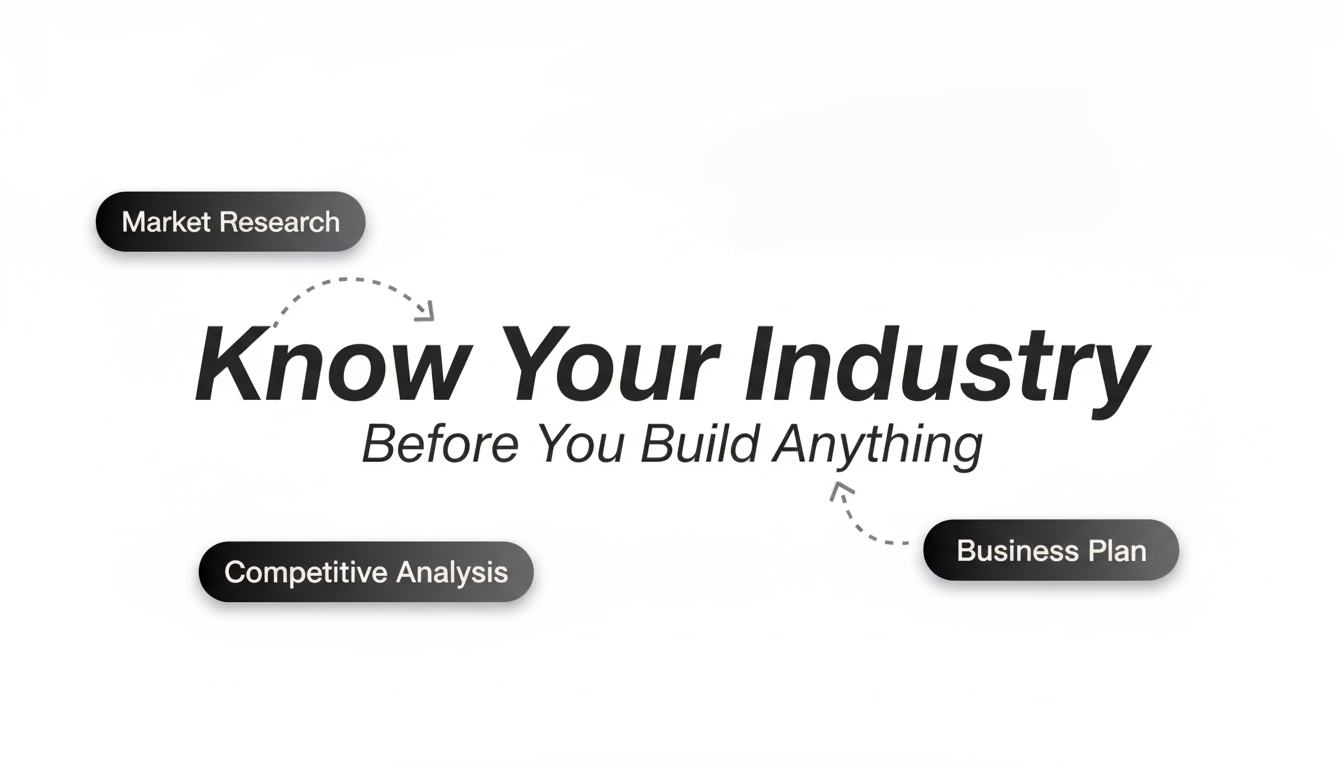
Replies (8)
More like this
Recommendations from Medial
Reetesh Aanand
Music Tech Entrepren... • 9m
how to exactly calculate TAM, SAM & SOM ?? I mean, TAM is supposed to be the total market value of an industry but does it differ on the kind of service that I am providing in that industry? what exactly should be considered while calculating thes
See MoreManiraj N G
Marketing & Systems ... • 1y
Struggling to understand your market size? It’s time to stop guessing and start making data-driven decisions! Here's a simple guide to calculating TAM, SAM, and SOM that every founder, marketer, or strategist needs to know. "Determining your market
See MoreSagar Motwani
Hey I am on Medial • 1y
To enter a market, understanding three key metrics is most important in any business field: 1) TAM (Total Addressable Market): The total demand for a product or service without limitations. Example: If 10 million people worldwide might buy $100 he
See MoreNikhil Raj Singh
Entrepreneur | Build... • 9m
📢 14 Page of Market Sizing Guide – Must-Know for Startups! 🚀 And Dm for the Pdf📝 Here is the Summary 🚀 If you're building a startup, understanding market size is non-negotiable. Investors want to see the potential, and you need to show them t
See More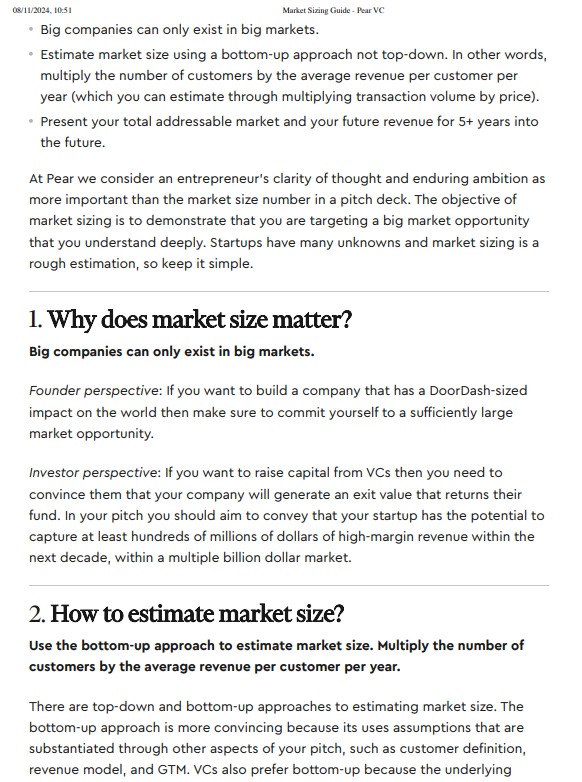
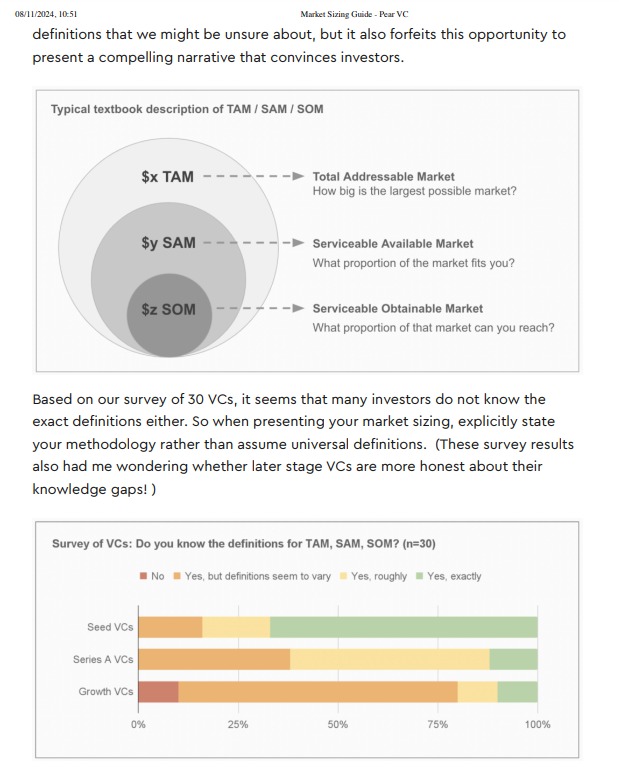
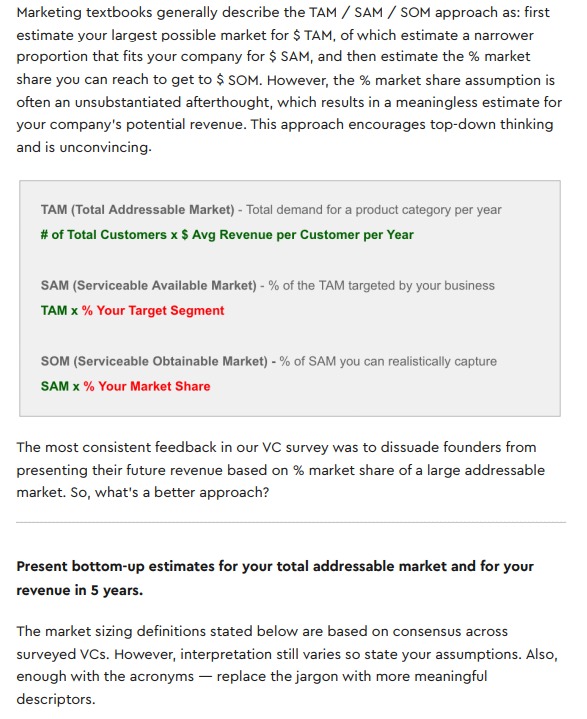
Siddharth K Nair
Thatmoonemojiguy 🌝 • 5m
🎯 Before You Build Anything, Know This: How Big Is Your Market? Most startup ideas don’t fail because of bad design or weak execution. They fail because the market was too small to matter. 🧊 Before you code, pitch, or even brainstorm too hard, as
See More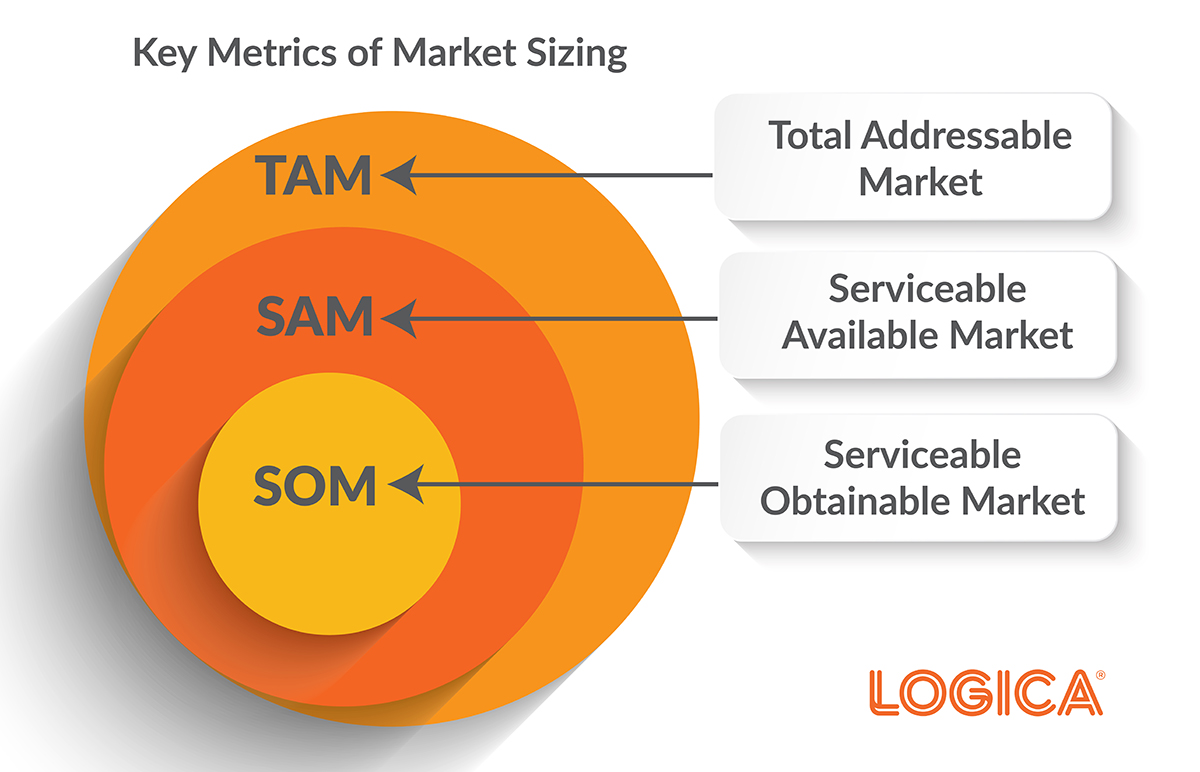
Sanskar
Keen Learner and Exp... • 9m
Complicated Business Terms Simplified PART: 1 ROI (Return on Investment): How much profit or value an investment generates compared to its cost. TAM (Total Addressable Market): The total demand for a product/service globally, assuming no competiti
See More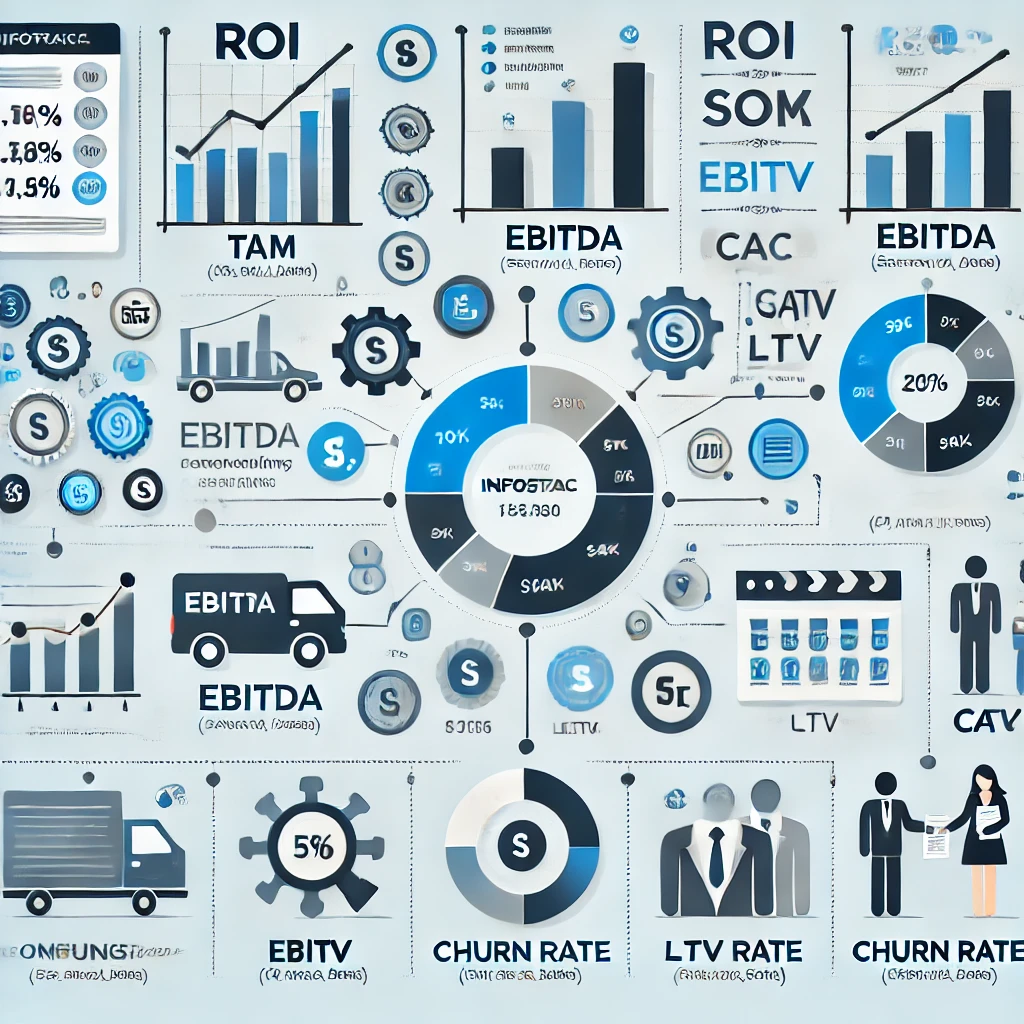
Download the medial app to read full posts, comements and news.

